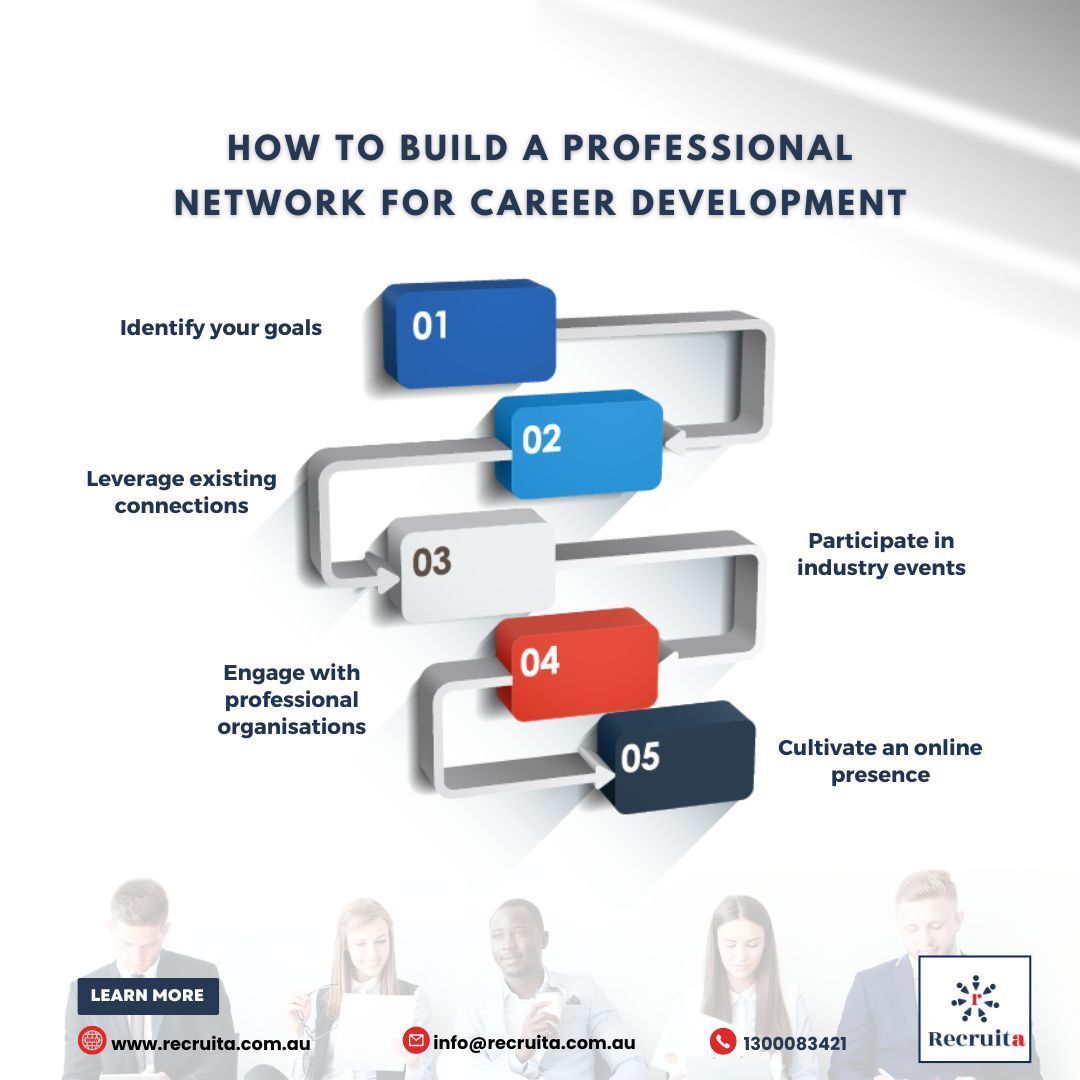Strategies for Change Management in HR Technology Adoption
When we think of adopting a new technology, we look forward to reaping the benefits, be it improved productivity, lesser costs, or fewer human errors. But getting the buy-in from everyone in your organization is not an easy task.
If users don’t adopt or adapt to the new technology, the result is money, effort, and time all going down the drain, especially when dealing with large-scale technology or software like ERPs.
In this guide, we’ll share the top 6 strategies you can use for the organizational change management process while adopting a new technology.
6 Strategies for Change Management in HR Technology Adoption
Instead of hoping that your employees adopt the new technology, here are some strategies that will encourage them for the upcoming change and make new HR technology adoption successful.
1. Properly Deal With Employee Resistance to Change
Properly Deal With Employee Resistance to Change
Image source
Believe it or not, creating a strategic change management plan for employee resistance could get half your job done when it comes to technology adoption. Here are some tried-and-tested tips that will help employees go through the process smoothly:
Assure employees that the new technology is not going to take their jobs or make them harder. Clearly outline the benefits for them.
Create a culture of acceptance by being transparent about why this new technology is necessary.
Get employees to participate in discussions about how to implement the technology. The more they participate, the more they will be willing to adapt and engage.
Have a Q&A session where employees can ask questions about the new technology, and relevant personnel can allay their queries and doubts.
2. Create a Detailed Roll-Out Plan
Instead of launching your technology in a haphazard manner, build a detailed roll-out plan that involves the following elements:
Key dates/milestones: On what date are you planning to kickstart the new technology? Is there a particular time period when you want your users to leave the old way of working/software?
Deployment strategy: Will you roll out the new technology to every department in your organization? Or are you planning to start with the people or departments who you know would be eager to adopt and succeed? (P.S. We recommend the latter option)
Creation of training material: Will the vendor provide any training material? Or would you be responsible for creating it? Would you be accounting for different learning styles and tech savviness while creating this material?
Success strategy: How will you ensure everyone participates and engages? Can you set up any incentives?
3. Aim to Provide Contextual and Personalized Training
One of the biggest risks to change management is the lack of customized and contextual training. For example, just sharing a random presentation or screenshots won’t cut it. After all, you don’t want your employees to be more confused at the end of the training because they don’t find the connection to their work.
Instead, provide training based on the different departments, roles, the different features they could use for their roles, how they can track success, etc.
You can even provide learners with content in different formats to suit their style of learning and maximize engagement.
4. Make Training Engaging
To get more people to take part in training actively, you can employ some or all of the following strategies:
Set up interactive and game-based training. You can set challenges for employees to complete and fun quizzes where everyone can participate and compete.
Create a change leadership team that can guide the entire process and come up with innovative training ideas.
Use adaptive learning technologies to customize each step of the training based on the feedback you receive.
Praise employees who actively participate and incentivize them with rewards kike small gift cards, merchandise, or public company-wide recognition so more people are encouraged to follow suit.
Utilize AR (Augmented Reality) and VR (Virtual Reality) applications, if possible.
5. Implement Change in Phases
How many times have you given up on something because it looked scary or intimidating? Many times, employees resist the new technology because it feels overwhelming.
Instead of asking them to shift to the new technology all of a sudden, you can implement the change in phases. For example, if you’re adopting a SAP SuccessFactors for your HR team, you may want to first start with implementing the system for certain functions like recruiting or L&D and then scale up to include every other function.
6. Track User Progress and Course-Correct
By setting up an evaluation at regular intervals, you can find actual problems with the way the technology is working or perceived problems that might be plaguing some users.
You can even set up quizzes at each milestone to figure out whether your users are actually learning or not. If not, you might need to modify your training material or raise feedback to find the exact issues they are facing.
Pro-tip: Remain open to employee feedback throughout the evaluation cycle. Employees who feel they are heard will be more engaged and happier with the new technology than those who feel their concerns are brushed off or not valued.
Conclusion
Your technology’s success will depend on how well employees accept and adapt to this change. That’s why you need a solid plan or roadmap to minimize the disruptions and deal effectively with employee’s resistance to change.
While adhering to the strategies given in this guide, also make sure that you involve stakeholders in every stage of the process to get varied inputs and ideas.
If you are keen on adopting software like SAP SuccessFactors at your organization, reach out to us at TalenTeam and get an effective organization transformation and implementation partner as well.
Source: https://talenteam.com/blog/strategies-for-change-management-in-hr-technology-adoption/



